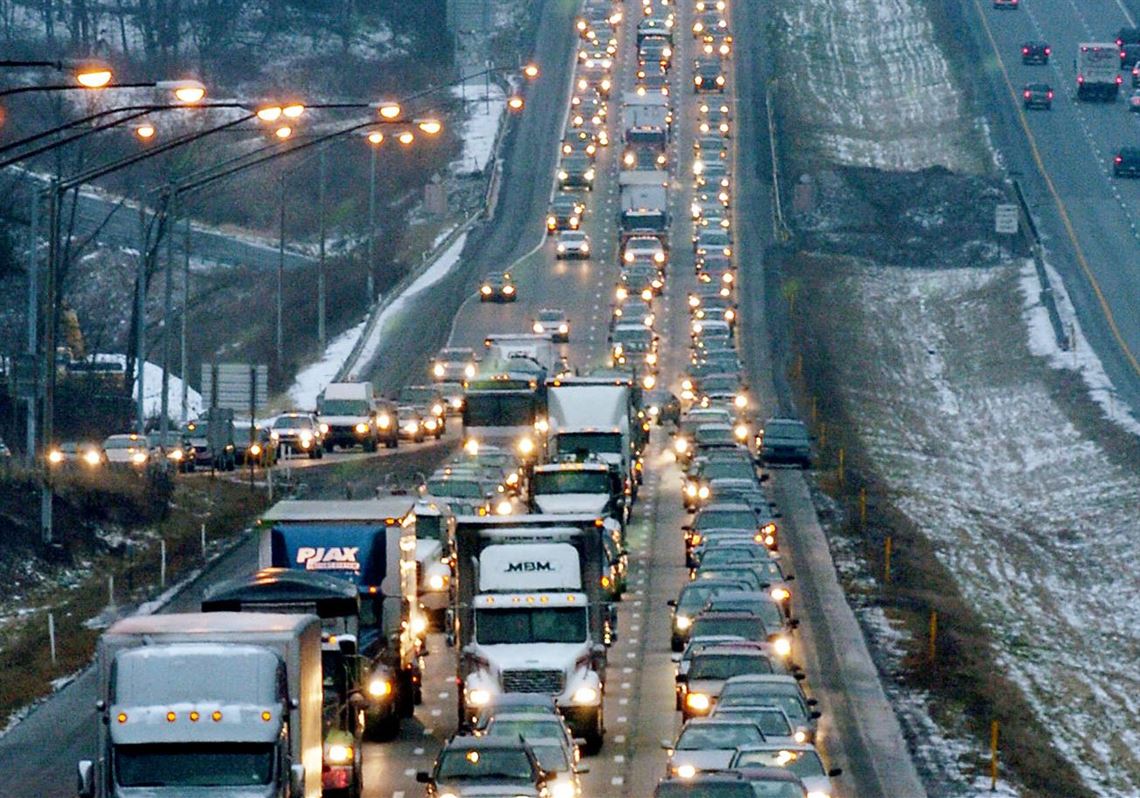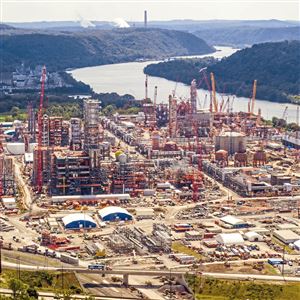Scientific research over the years definitively has found that air pollution causes premature deaths due to ischemic heart disease, strokes, chronic obstructive pulmonary disease and lung cancer, among other maladies.
Now there’s a growing body of research arguing that an industry’s economic benefits must be balanced against the premature deaths that its pollution generates — focusing attention on agriculture, transportation, electric utilities and manufacturing that account for 75% of the nation’s air pollution.
These hidden impacts — so-called gross external damage — aren’t currently included in more traditional gross domestic product, or GDP, calculations, but they should be deducted from the total value of goods produced and services, according to a Carnegie Mellon University-based study published in the Proceedings of the National Academy of Sciences.
The study establishes a method for policymakers to analyze the economics of pollution health impacts, and reports the surprising finding that agriculture and transportation now produce more fine particulate pollution nationwide than electric utilities and manufacturing.
A separate CMU analysis, done at the request of the Pittsburgh Post-Gazette, found that locally generated air pollution boosted the number of premature deaths from 864 in 2011 to 980 in 2014 in the Pittsburgh metropolitan area. That increase was linked to “increases in local economic activity.”
Overall, emissions nationally and locally have been declining steadily with decreased use of coal.
Still, air pollution is a major contributor to premature mortality in the United States, the Proceedings of the National Academy of Sciences study states. “The number of deaths and damages highlight the importance of air pollution as a policy issue.”
Mortality increases as industrial development occurs closer to urban centers, said Nicholas Muller, the CMU associate professor who co-authored the study.
That’s a key concern with shale gas development, which involves drilling wells and using hydraulic fracturing or “fracking” to recover natural gas and then processing and transporting it to market.
CMU models place a cost on each ton of pollution, based on the size of populations that the pollution will impact.
So emissions generated in Washington County — with one of the highest level of shale gas development statewide — bear the highest mortality costs per ton in Western Pennsylvania because the county sits directly upwind of Pittsburgh and Allegheny County, the region’s highest population center, CMU pollution models show.
Analyzing pollution based on the source and toxicity of emissions is key to developing accurate damage estimates and efficient regulatory decision making, the study says.
Environmental damage from farms “is driven by ammonia” along with particulate matter. That’s caused primarily by livestock and the manure it generates, fertilizer application and the burning to clear fields, as well as combustion emissions from equipment and other crop-related activities, the study states.
Transportation pollution nationwide — mainly from cars, trucks, trains and airplanes — also exceeds that of utilities and manufacturing nationwide. Southwestern Pennsylvania has elevated diesel pollution with contributors including shale-gas truck and train traffic crisscrossing the region.
Gross external damage, or GED — a concept that Mr. Muller coined — is the sum that determines how many premature deaths occur from pollution and is calculated by multiplying total tons of pollution by cost per ton in counties where the pollution is generated.
That total then can be subtracted from gross domestic product, or GDP, which is a measure of total economic activity, to more accurately explain the industry’s true value to society and the economy, the study says.
For example, a more recent study has found that shale gas development in the Appalachian basin, including southwestern Pennsylvania, has notably higher damage costs than employment benefits.
“We certainly do not advocate for closing industries in such cases,” the study states. “Rather, this is an indication ... that damages are likely inefficiently high. In such cases, regulators should consider making sensible changes to emission controls.”
Expenditures to reduce pollution contribute to GDP but also reduce damage in terms of deaths. One example is installation of scrubbers to reduce smokestack pollution at coal-fired power plants.
Air pollution ranks as the ninth largest risk factor contributing to deaths nationwide and is responsible for more than 100,000 U.S. fatalities in 2016, according to the study.
The National Research Council, part of the National Academy of Sciences, published a report in 1999 that said pollution costs should be included in economic analysis. That never materialized.
Overall, Mr. Muller said, CMU studies generally show that “you can’t pollute your way to prosperity.”
“These findings suggest that policymakers should target further emissions reductions from such sectors, particularly in transportation and agriculture,” the study states, with Mr. Muller adding that the same applies to shale gas operations.
A separate Stanford University study published in Proceedings of the National Academy of Sciences early in December tracked emissions in the nation’s electricity system and found that “citizens in regions exporting electricity from high-emission generating sources bear a disproportionate air-pollution burden.”
Such regions include southwestern Pennsylvania.
“The footprint of the U.S. electricity system is dominated by large regions” that face a bigger health impact as a result. The largest is Pennsylvania, New Jersey and Maryland, which produces 20% of the nation’s power and 19% of its emissions.
Nationwide, particulate levels declined by 24% from 2009 through 2016 because of declining coal usage.
In 2017 and 2018, particulate levels rose by 5.5%, mostly in the Midwest and West, with wildfires being a key factor. That increase in particulate pollution resulted in 9,700 additional premature deaths and a total damage assessment of $89 billion.
“When you only look at GDP or jobs, you’re missing the crucial piece of the puzzle,” Mr. Muller said.
First Published: December 8, 2019, 12:00 p.m.

















